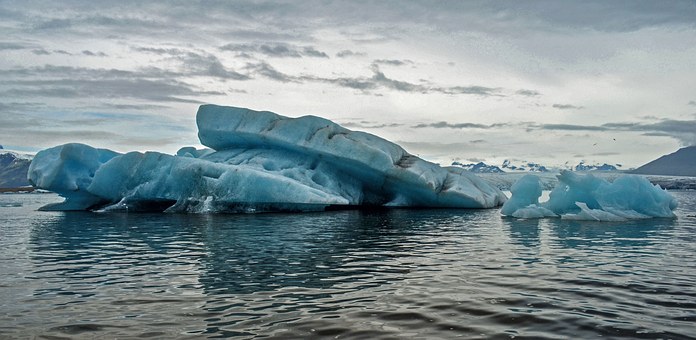
The global warming is taking place at the poles more quickly than previously thought, said a new NASA study based on measurement of the earth surface's 'skin' temperature called AIRS (Atmospheric Infra-Red Sounder) from 2003 to 2017.
The measurements taken by a satellite over 15 years helped the researchers to compared the data with station-based analyses of surface air temperature anomalies recorded by the Goddard Institute for Space Studies Surface Temperature Analysis (GISTEMP).
Lead author Joel Susskind, from NASA's Goddard Space Flight Center, said: "AIRS data complement GISTEMP because they are at a higher spatial resolution than GISTEMP, and have more complete global coverage."
Both readings surmise the fact that the earth's surface has been warming globally over this period, while the recent years -- 2016, 2017, and 2015 -- have shown the warmest ever years in the instrumental record, in that order, he said.

The study has been done after taking into consideration the imperfections such as station moves, gaps, instrument and practice changes, urban heat island effects.
AIRS data takes into account skin temperature at two-metre surface of the ocean, land, and snow/ice covered regions and eliminates anomalies to arrive at a final picture. The researchers constructed monthly grid point climatologies for each calendar month and for each set of data, by averaging the monthly values over 2003 to 2017.
Co-author Dr Gavin Schmidt, from NASA's Goddard Institute for Space Studies, said: "Our findings revealed that the surface-based data sets may be underestimating the temperature changes in the Arctic, which means the warming taking place at the poles may be happening more quickly than previously thought."
The work serves as an important validation of surface-based estimates and point out the need to make improvements in surface-based study extending into many decades in the past, said researchers.
The results are published in Environmental Research Letters.









